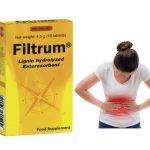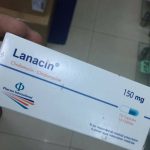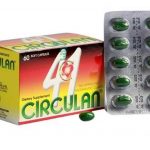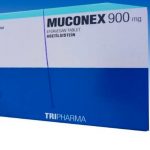Activated Charcoal; Uses, Benefits, Dosage, Side Effects, Where to buy
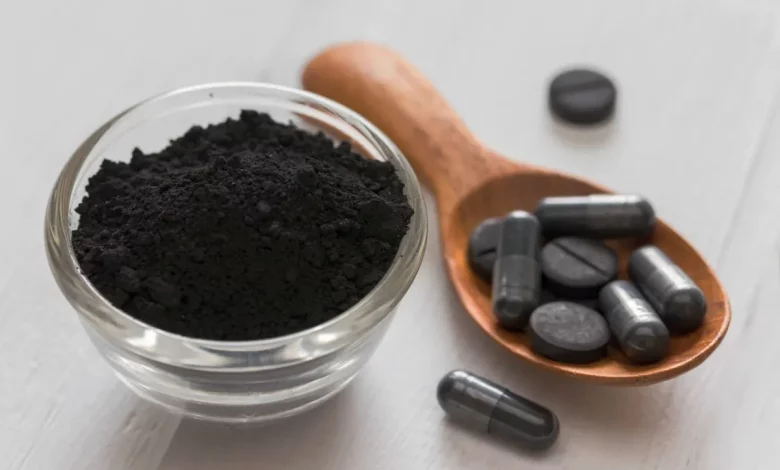
Activated charcoal is a type of carbon that has been treated with oxygen to make it highly porous and able to adsorb (not absorb) chemicals and toxins. It is used in a variety of applications, from water filtration to medical treatments. In recent years, activated charcoal has gained popularity as a natural remedy for various health issues, ranging from digestive problems to skin issues. In this article, we will explore the uses, benefits, dosage, and side effects of activated charcoal.
Uses of Activated Charcoal
Activated charcoal has been used for centuries as a natural remedy for a variety of ailments. Historically, it has been used to treat poisoning and overdoses, as it can adsorb harmful substances and prevent them from being absorbed by the body. Today, activated charcoal is used in a variety of applications, including:
1. Water filtration: Activated charcoal is used in water filtration systems to remove impurities and contaminants. It can adsorb heavy metals, chlorine, and other harmful substances, making water safer to drink.
2. Air purification: Activated charcoal is used in air purifiers to remove odors, pollutants, and other contaminants from the air.
3. Digestive health: Activated charcoal is often used to treat digestive issues such as bloating, gas, and diarrhea. It works by adsorbing gas and other toxins in the gut, reducing symptoms of digestive distress.
4. Teeth whitening: Activated charcoal is used as an ingredient in toothpaste and other dental products to whiten teeth and remove stains.
5. Skin care: Activated charcoal is used in skincare products such as masks and cleansers to absorb excess oil and impurities, leaving skin looking clean and refreshed.
Benefits of Activated Charcoal
Activated charcoal has been studied extensively for its potential health benefits. While more research is needed to confirm these benefits, preliminary studies have shown that activated charcoal may have the following health benefits:
1. Reduces gas and bloating: Activated charcoal has been shown to adsorb gas and reduce symptoms of bloating and flatulence.
2. Improves kidney function: Activated charcoal has been shown to improve kidney function by adsorbing toxins and waste products from the blood.
3. Relieves hangover symptoms: Activated charcoal has been shown to reduce hangover symptoms such as headache and nausea by adsorbing alcohol and other toxins in the gut.
4. Reduces cholesterol levels: Activated charcoal has been shown to reduce cholesterol levels by adsorbing cholesterol and bile acids in the gut.
5. Relieves insect bites and stings: Activated charcoal can be applied topically to insect bites and stings to reduce swelling and inflammation.
Dosage of Activated Charcoal
Activated charcoal can be taken in various forms, including capsules, tablets, and powder. The recommended dosage of activated charcoal depends on the condition being treated and the form of charcoal being used.
For digestive issues such as gas and bloating, the recommended dosage of activated charcoal is 500-1000 mg taken with water after meals. For hangover relief, the recommended dosage is 1000-2000 mg taken with a large glass of water before bed. For skin care, activated charcoal can be mixed with water or other ingredients to create a paste or mask.
It is important to note that activated charcoal should not be taken within two hours of taking medications or supplements, as it can adsorb these substances and reduce their effectiveness.
Can you take activated charcoal daily?
While activated charcoal is generally considered safe when taken in recommended doses, it is not recommended to take it daily for extended periods of time without the guidance of a healthcare professional. Activated charcoal can interfere with the absorption of nutrients and medications, and can cause constipation and dehydration if taken in high doses.
It is important to talk to a healthcare professional before taking activated charcoal on a regular basis, especially if you have a medical condition or are taking medication. They can help you determine the appropriate dosage and frequency of use based on your individual needs and health status.
Does activated charcoal cure poison?
Activated charcoal is commonly used as a treatment for poisoning because it can adsorb (bind to) toxins and prevent their absorption into the body. However, it is important to note that activated charcoal is not a cure for poisoning. It works by preventing the absorption of toxins, allowing the body to eliminate them through bowel movements.
If you suspect that you or someone else has been poisoned, it is important to seek immediate medical attention. Activated charcoal may be administered by a healthcare professional as part of the treatment protocol, along with other interventions such as gastric lavage (stomach pumping) and intravenous fluids.
It is also important to note that activated charcoal is not effective for all types of poisoning. Some toxins, such as alcohol, lithium, and strong acids or alkalis, are not adsorbed by activated charcoal and require other treatments. Therefore, it is important to follow the advice of a healthcare professional in cases of poisoning.
Side Effects of Activated Charcoal
Activated charcoal is generally considered safe when taken in recommended doses. However, some people may experience side effects, especially when taking high doses. Common side effects of activated charcoal include:
1. Nausea and vomiting: Some people may experience nausea and vomiting when taking activated charcoal.
2. Constipation: Activated charcoal can cause constipation in some people, especially when taken in high doses.
3. Black stool: Activated charcoal can turn stool black, which is a harmless side effect.
4. Dehydration: Activated charcoal can absorb fluids in the body, so it is important to drink plenty of water when taking it.
5. Interference with medication: Activated charcoal can adsorb medications and supplements, so it should not be taken within two hours of taking these substances.
6. Allergic reactions: Some people may be allergic to activated charcoal, and may experience symptoms such as rash, itching, and difficulty breathing.
It is important to talk to a healthcare professional before taking activated charcoal, especially if you have a medical condition or are taking medication.
Where to buy activated charcoal
Activated charcoal can be found at most health food stores, as well as online retailers. Here are some popular places to buy activated charcoal:
1. Amazon: Amazon offers a wide selection of activated charcoal products, including powder, capsules, and tablets. You can also read reviews from other customers to help you choose the right product for your needs. Buy Here
2. Whole Foods: Whole Foods carries a variety of activated charcoal products, including capsules, powders, and toothpaste. You can find activated charcoal in the supplement section or in the personal care section.
3. GNC: GNC offers a range of activated charcoal products, including capsules, powder, and tablets. You can also find products that combine activated charcoal with other ingredients, like probiotics and digestive enzymes.
4. Walmart: Walmart carries a selection of activated charcoal products, including capsules and powders. You can find these products in the vitamin and supplement section.
5. Health food stores: Many health food stores carry activated charcoal products, including powder, capsules, and tablets. Check your local health food store for availability.
When buying activated charcoal, it’s important to choose a high-quality product from a reputable source. Look for products that are made from high-quality ingredients and have been tested for purity and potency. Always read the label and follow the recommended dosage instructions.
Conclusion
Activated charcoal is a versatile and natural remedy that has been used for centuries to treat a variety of health issues. It works by adsorbing toxins and impurities, making it a valuable tool in water filtration, air purification, and medical treatments. While more research is needed to confirm its health benefits, activated charcoal has been shown to improve kidney function, reduce gas and bloating, and relieve hangover symptoms, among other benefits. It is important to take activated charcoal in recommended doses and under the guidance of a healthcare professional, as it can interfere with medication and cause side effects in some people. Overall, activated charcoal is a safe and effective natural remedy that can provide a variety of health benefits when used properly.

